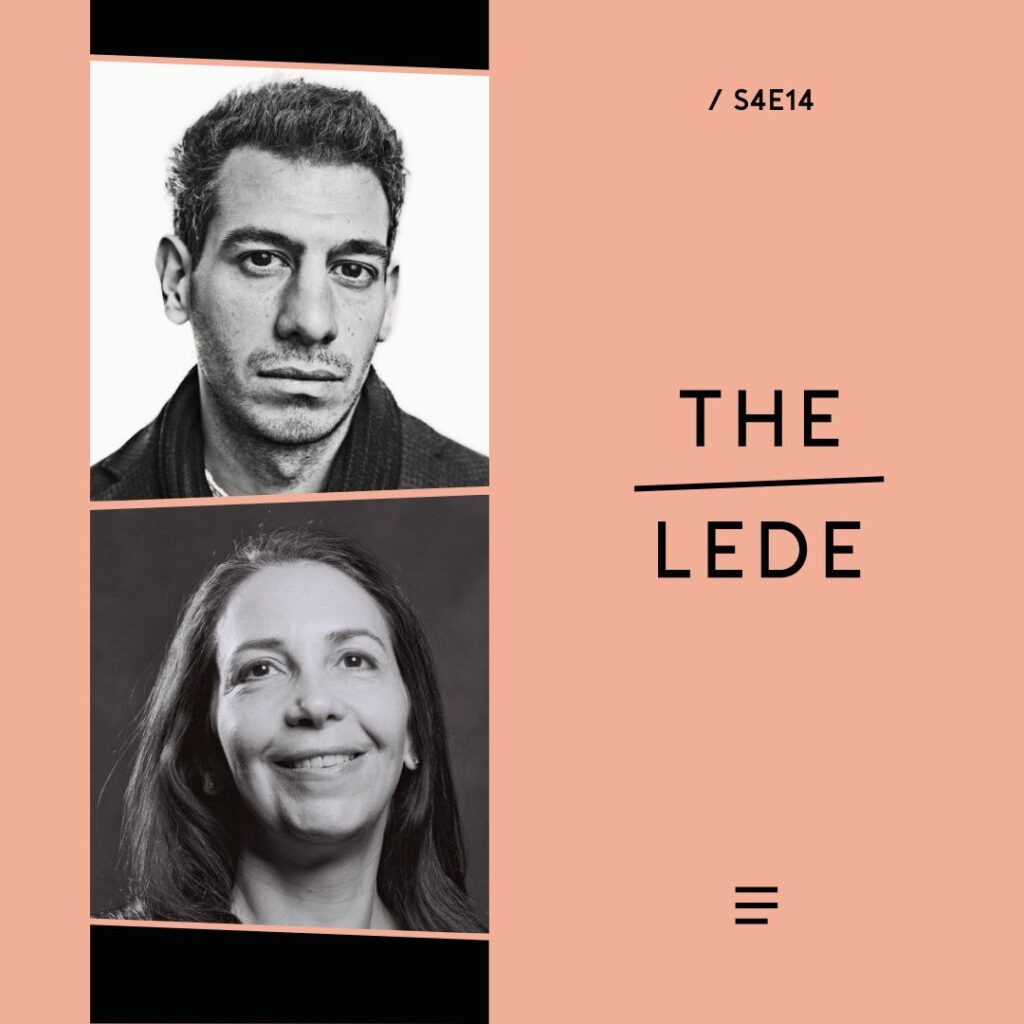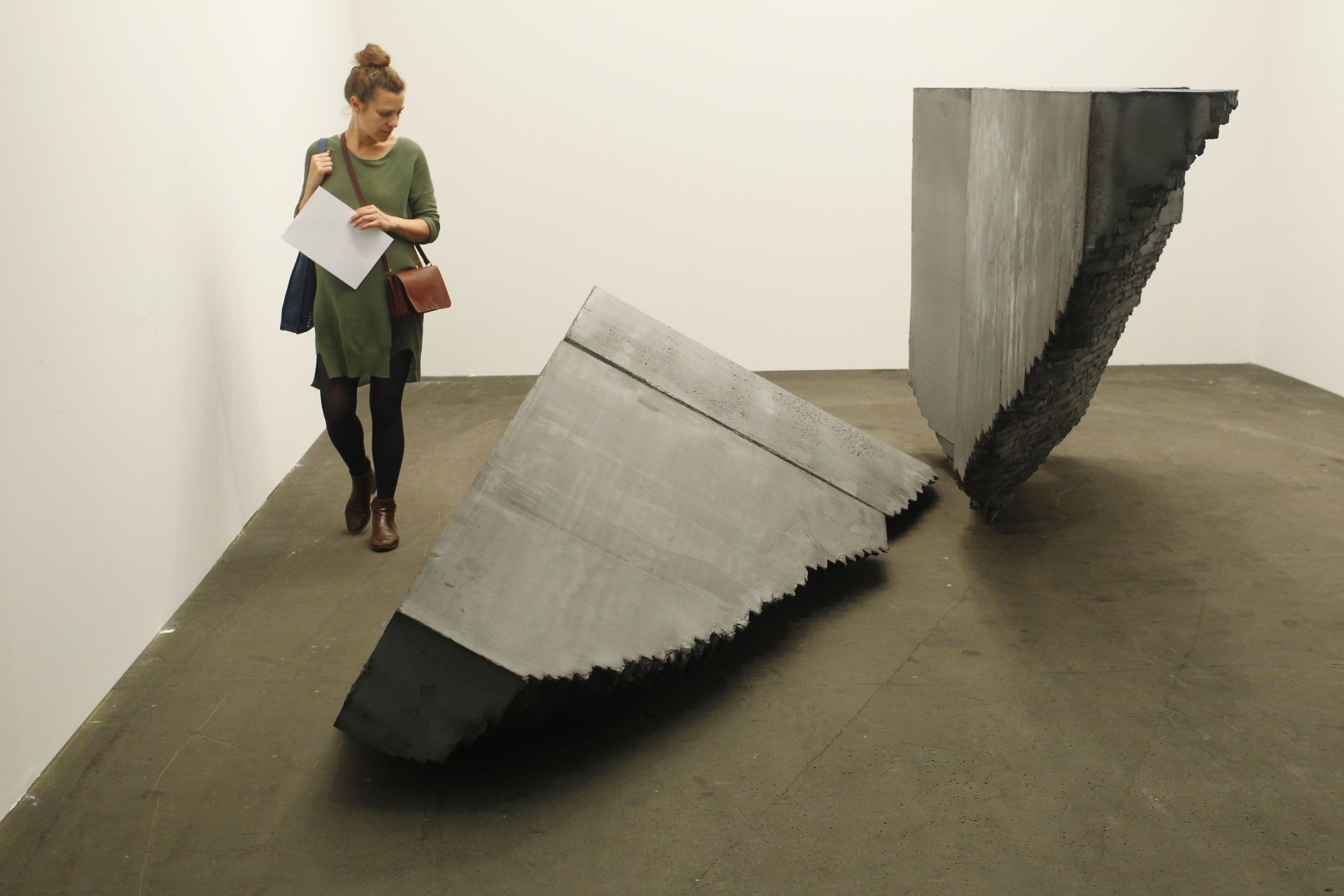“I grew up in a time where history in a way was taught primarily in the aftermath of the Second World War,” Lebanese artist Rayanne Tabet tells New Lines magazine’s Rasha Elass. “But I became convinced that our contemporary condition is really led by these moments in the 19th century, where language around the creation of nations, language around cultural property, language around history, really developed.”
Such big ideas are the inspiration for Tabet’s art, and his 2020 ‘Arabesque’ exhibition, shown all around the world, is no different. The term “Arabesque,” he explains, “comes from the Italian called Arabesco, which means ‘in the Arab style” but also extended to describe things that were foreign. So a shape that one could not understand or a movement that went beyond the standard form or even a sound that sounded maybe different.”
The expedition features fragments from 19th-century Orientalist manuscripts, cut out from their original contexts and rearranged into something new — “to deconstruct it and in a way to appropriate it, right?” Tabet says. “Confronting this past, not by negating it or destroying it, but by using the very tools it developed to figure out a way to reimagine it.”
“I think that the tools we have at our disposal can challenge the very system that created these tools.”

It’s a recurring theme in Tabet’s art, which explores the nooks and crannies where history, politics, architecture and aesthetics intersect. “I think that within the tools that we have at our disposal or can help us challenge the very system that has created these tools,” he says.
For instance, the aesthetics of modernity — “clean, white, without ornament, without any decoration,” as he puts it. That style, he says, “came hand in hand with political doctrines that introduced this idea that modernity means the erasure of our own indigenous styles.”
“That has always been at the center of my work,” he reflects. “Trying to come to terms with the beauty, the elegance, but also the tragedy and the violence at the center of the creative process.”
Produced by Joshua Martin


